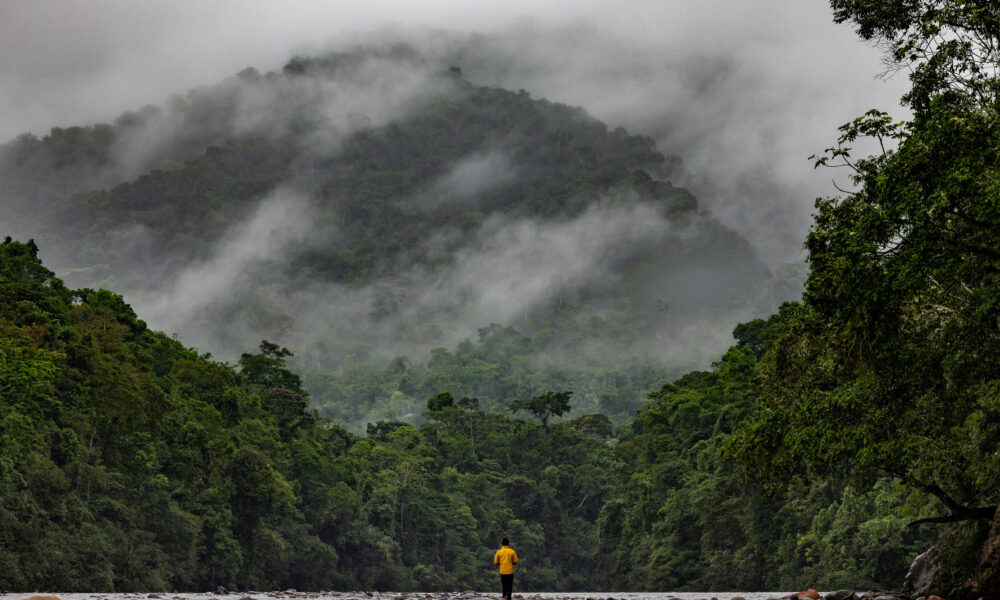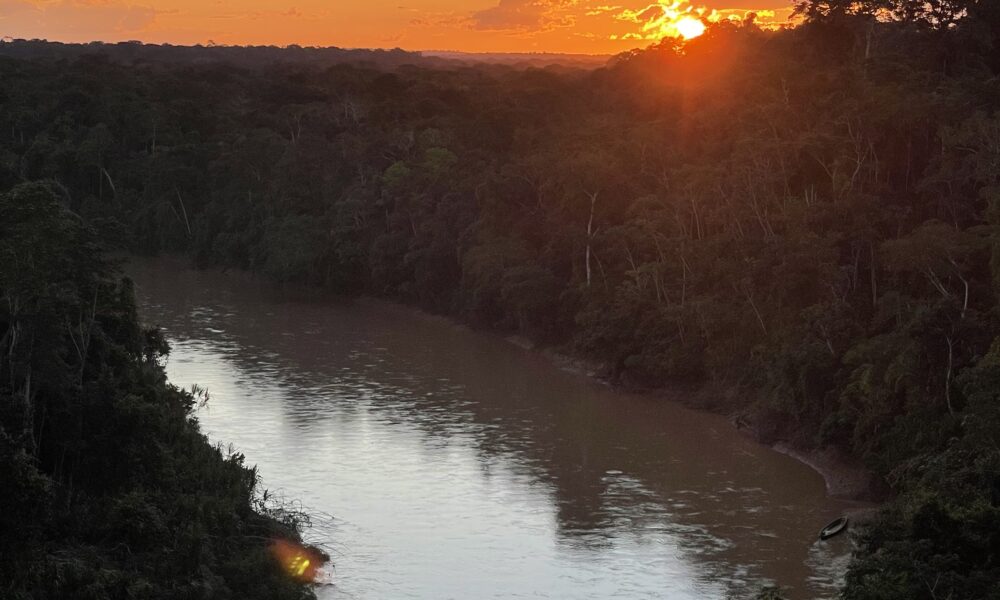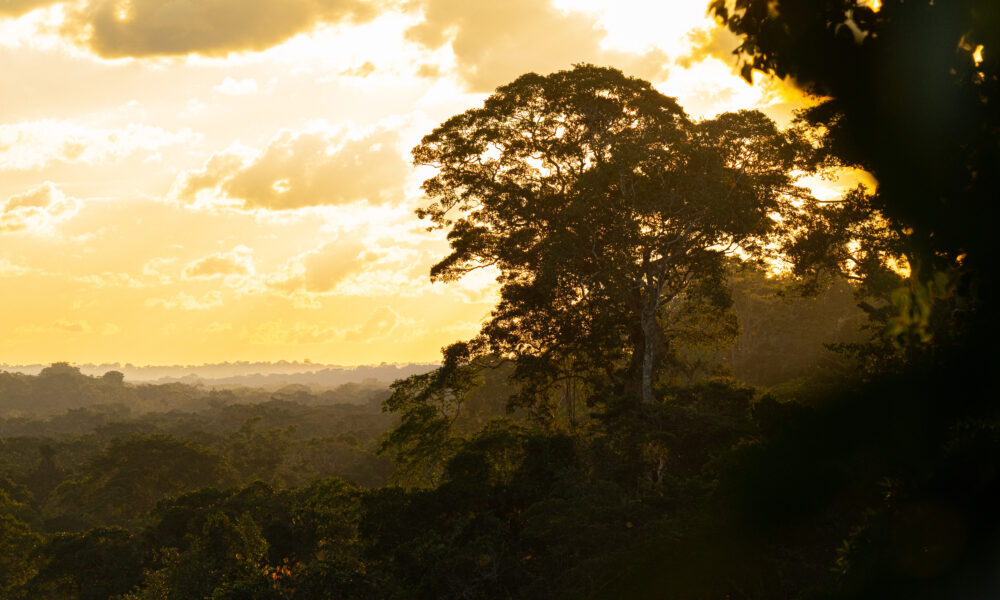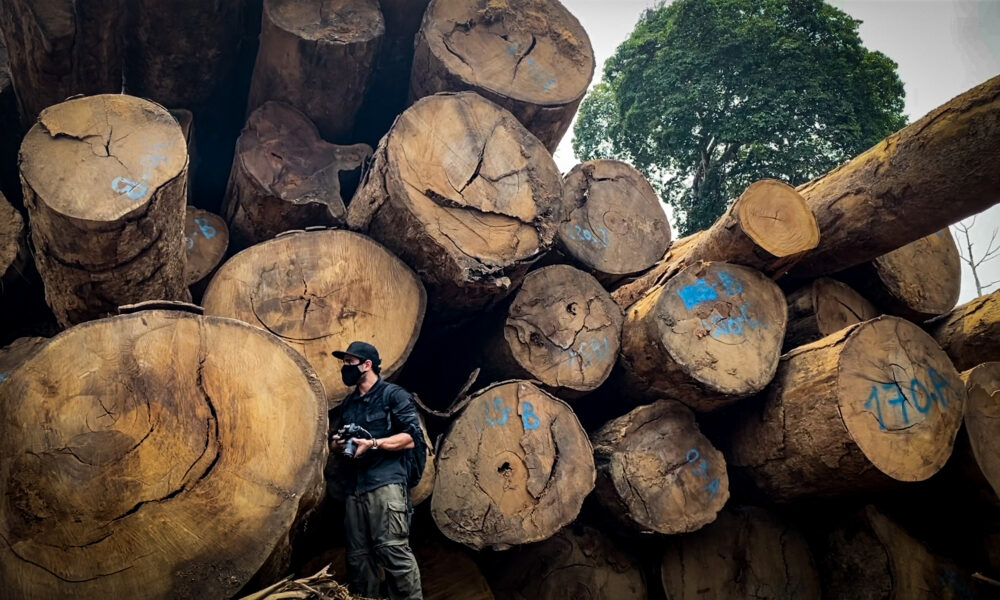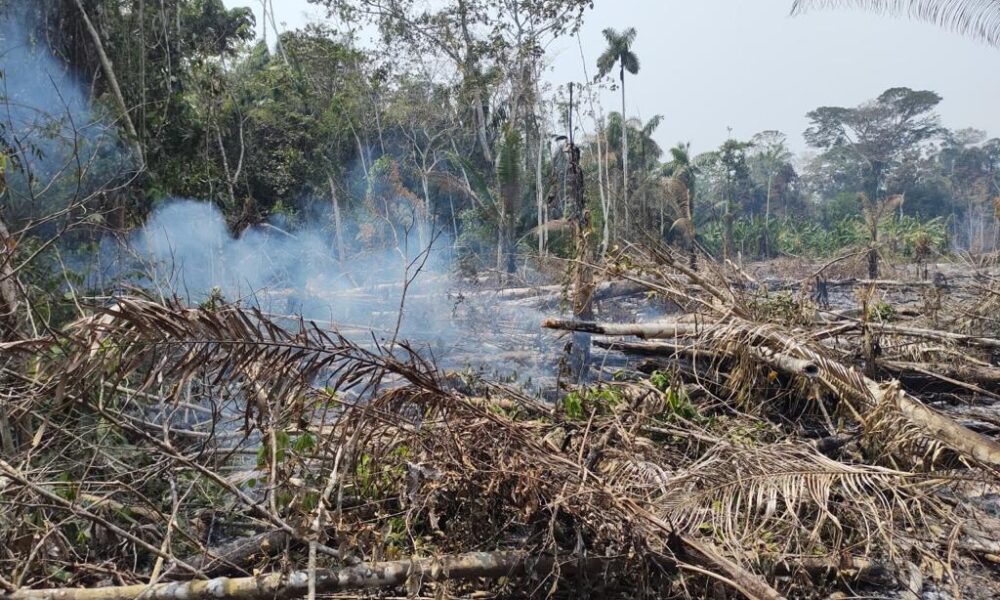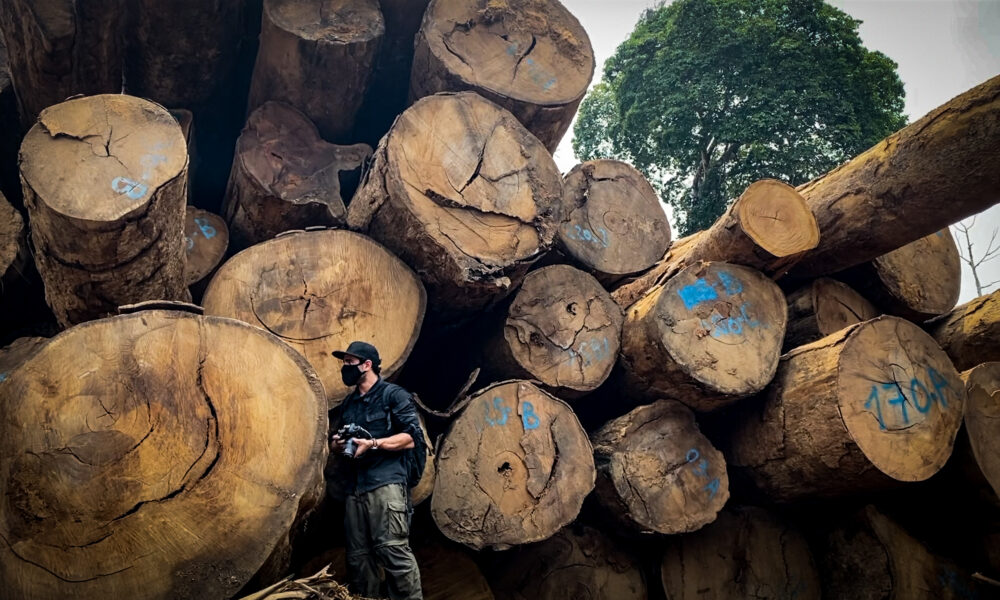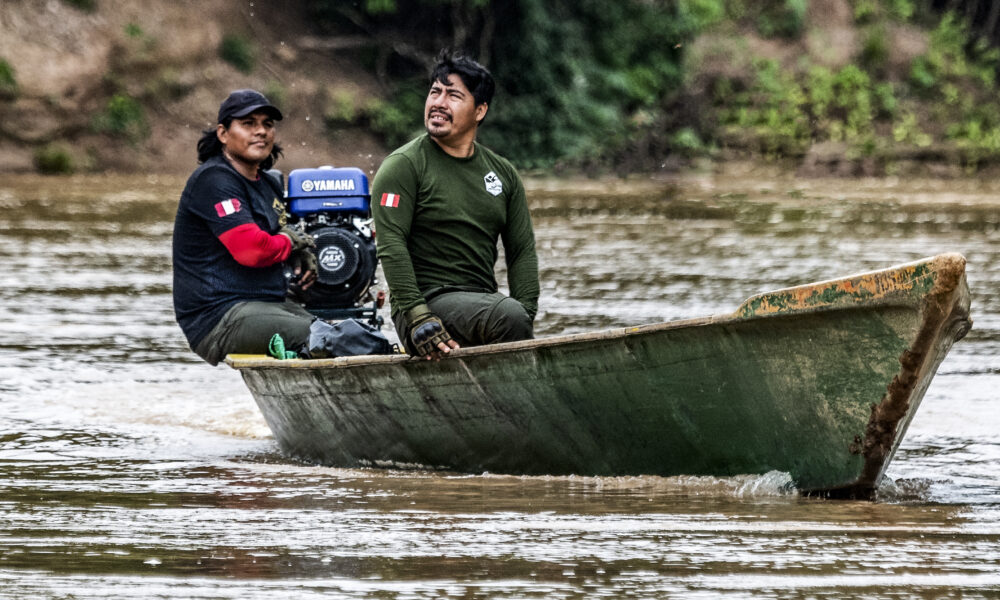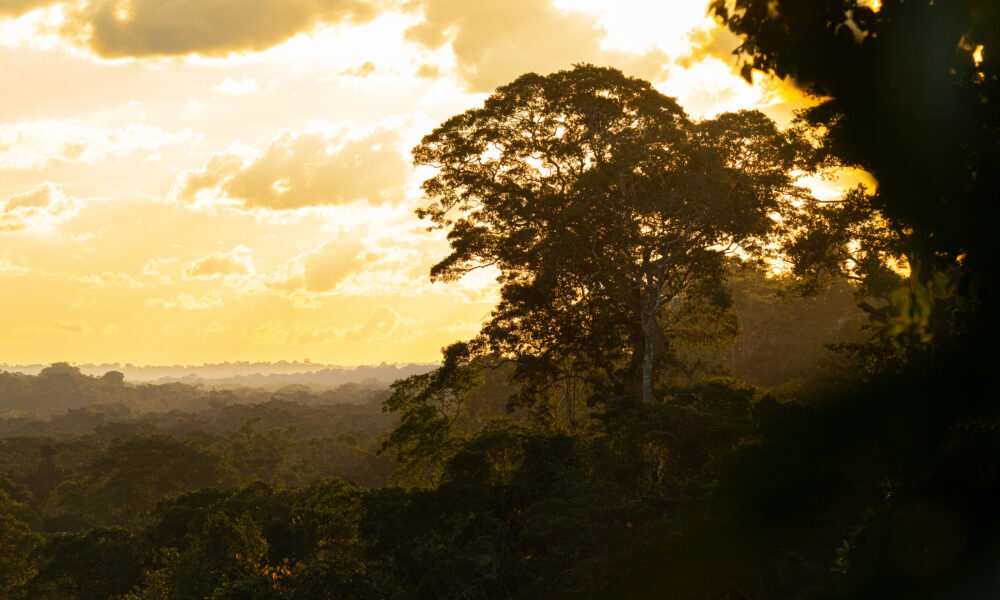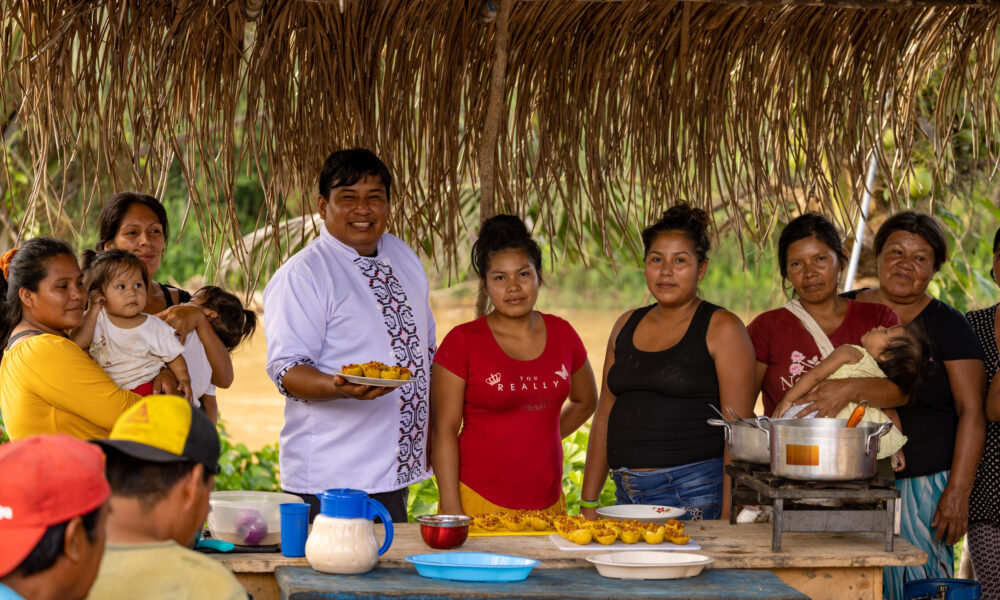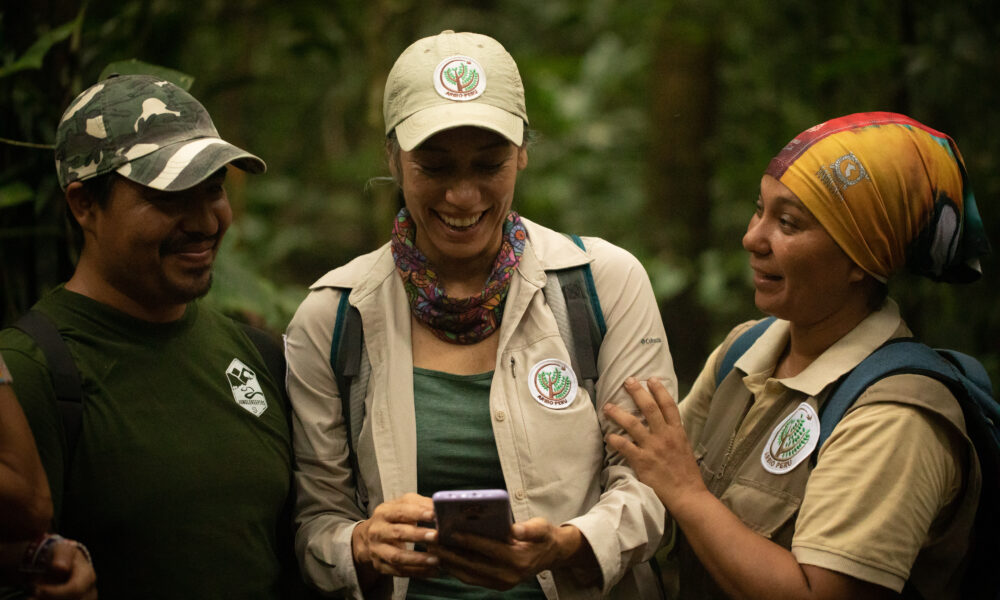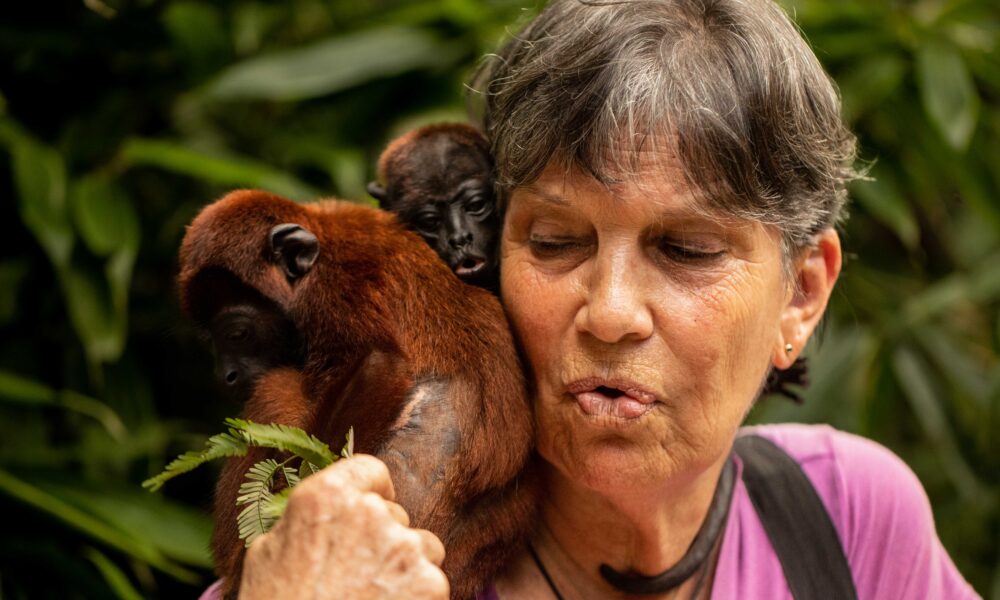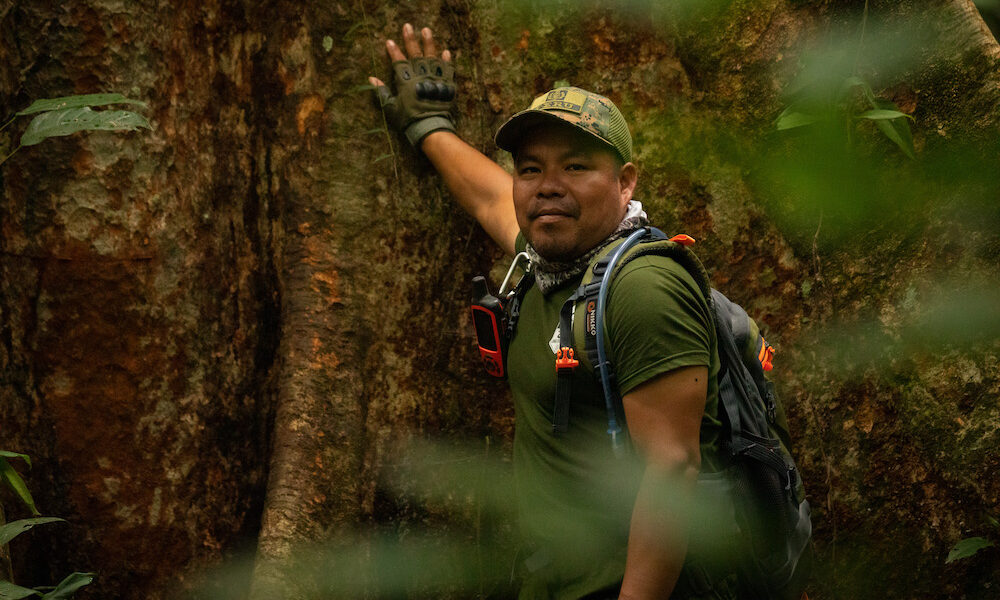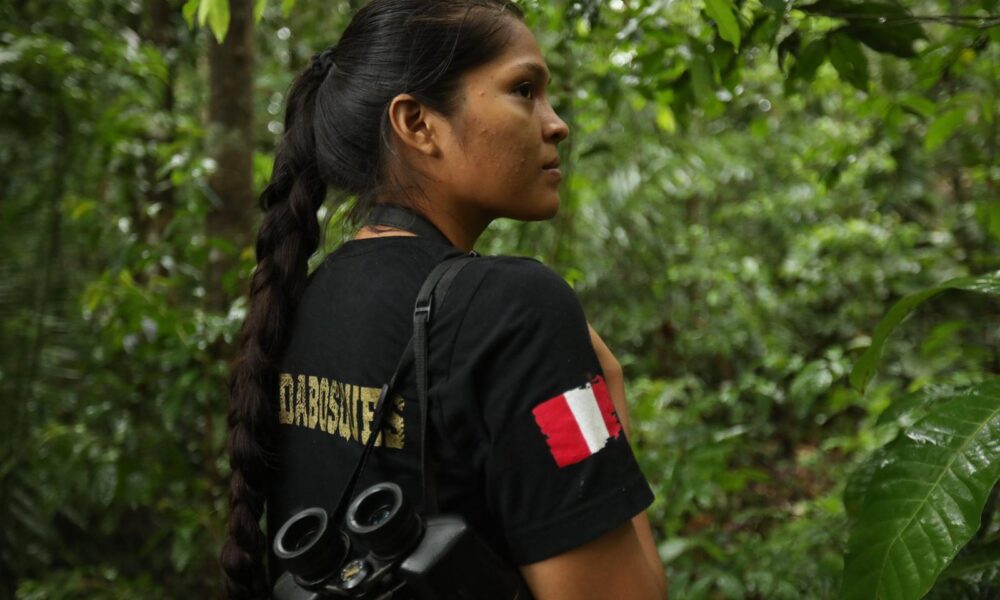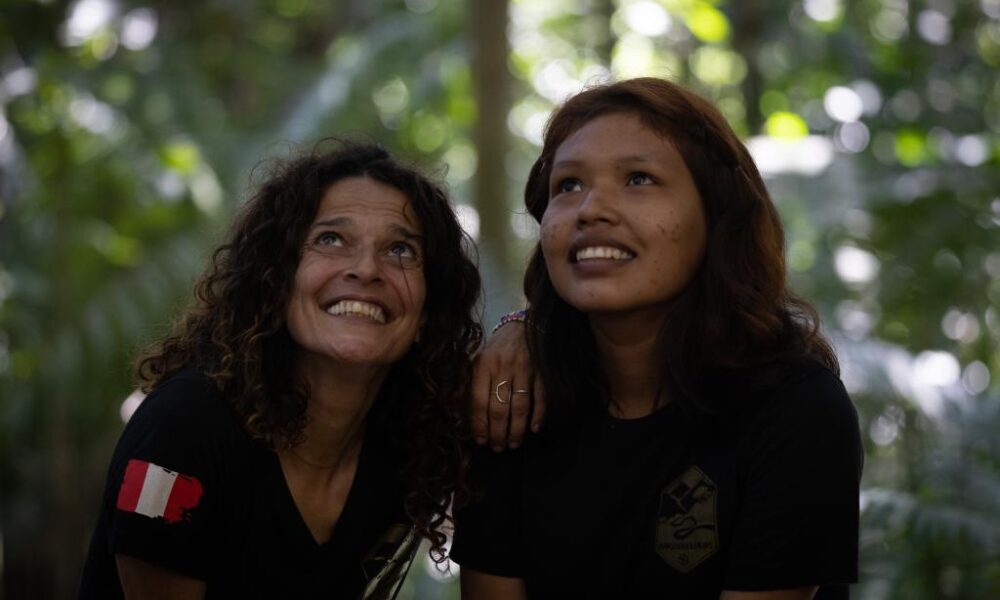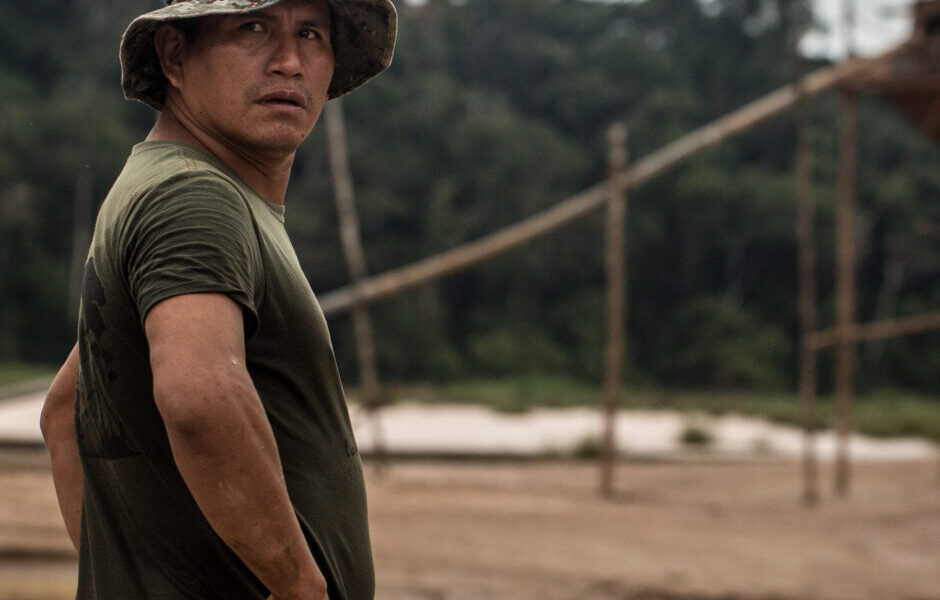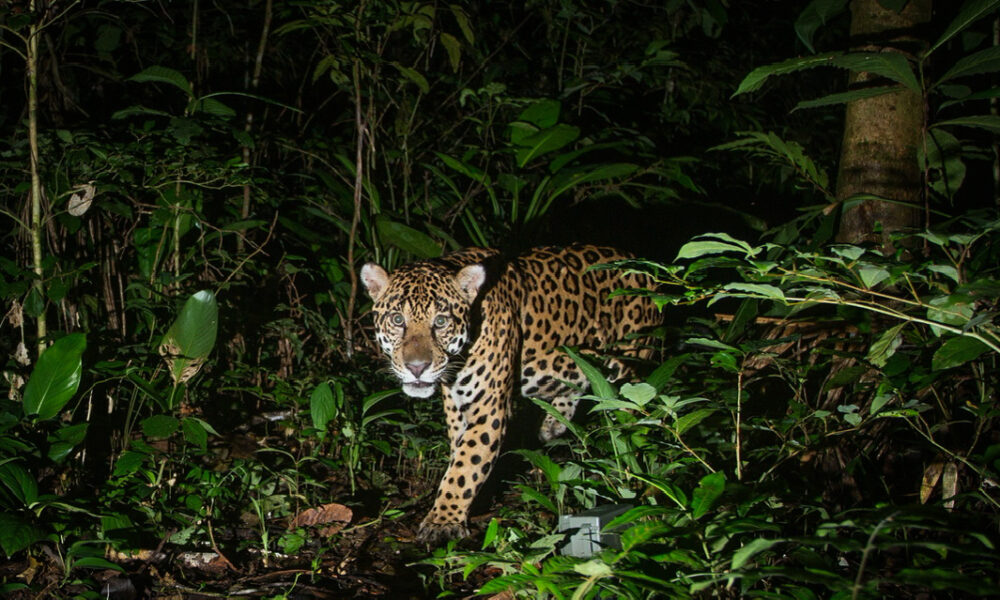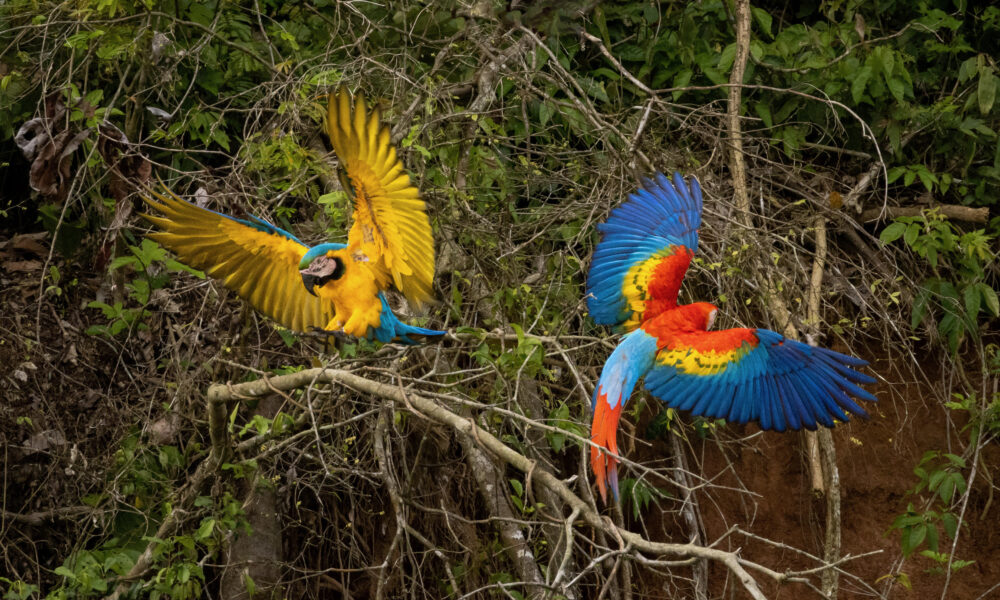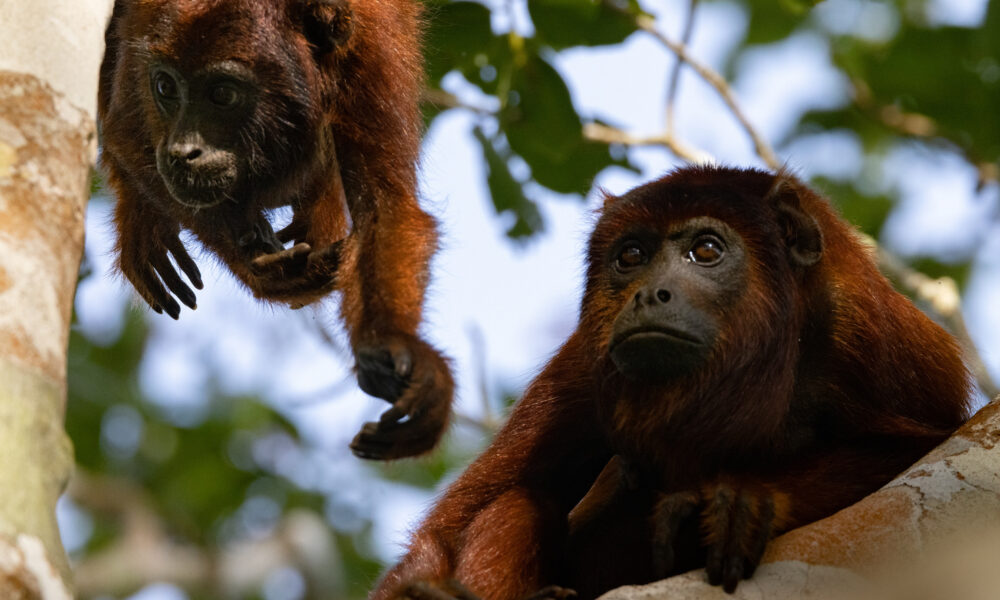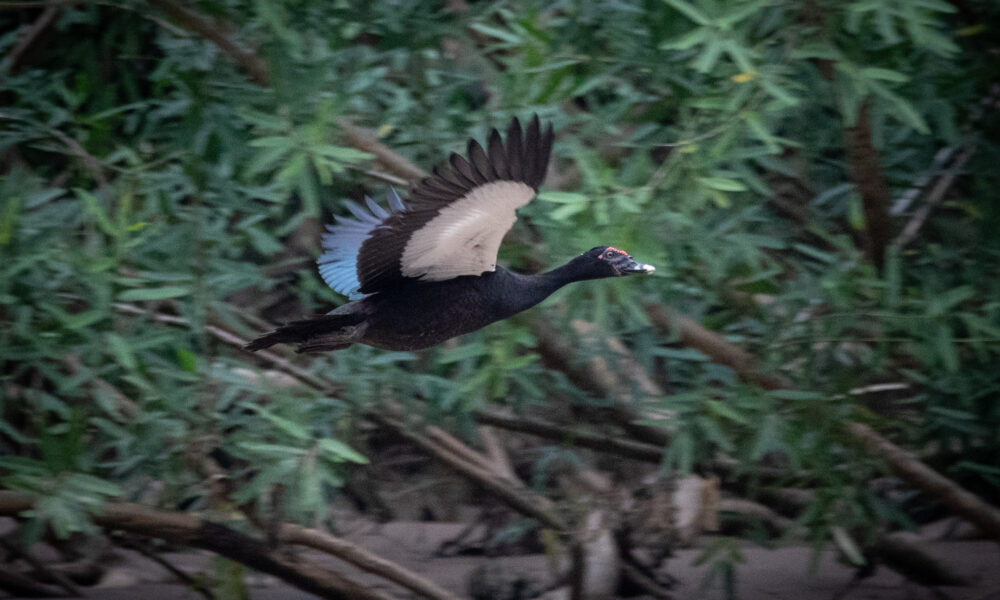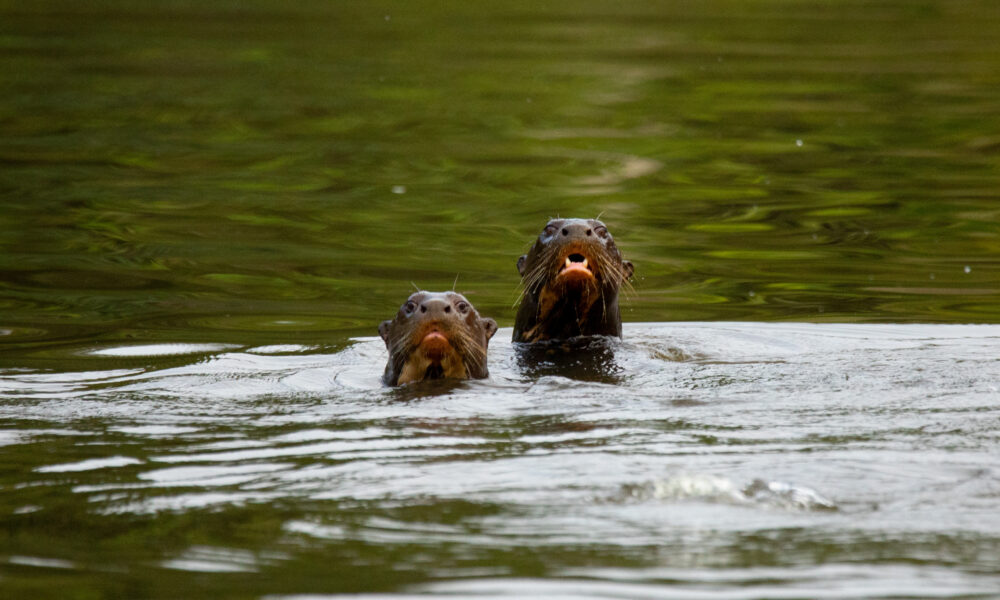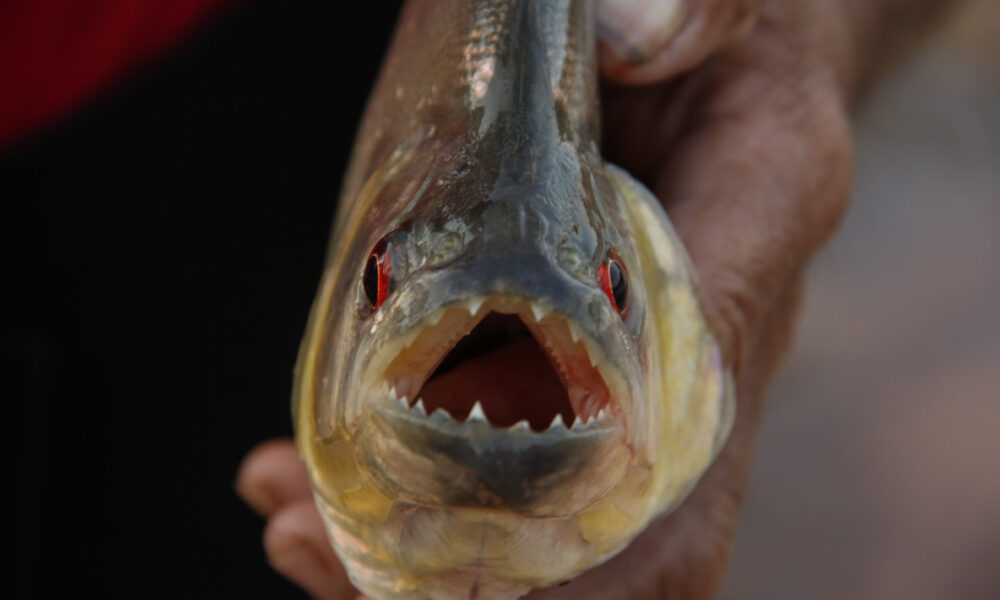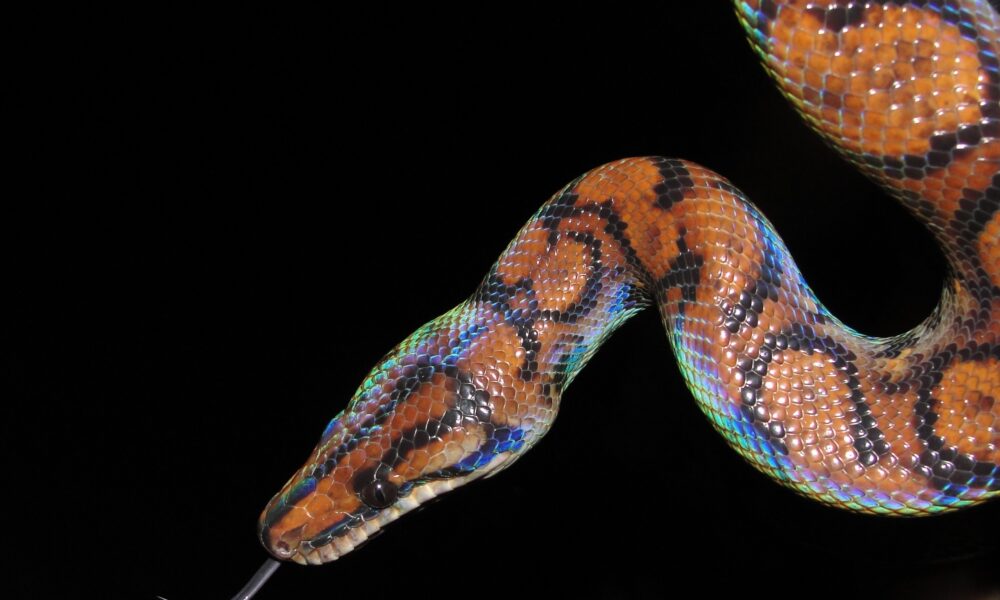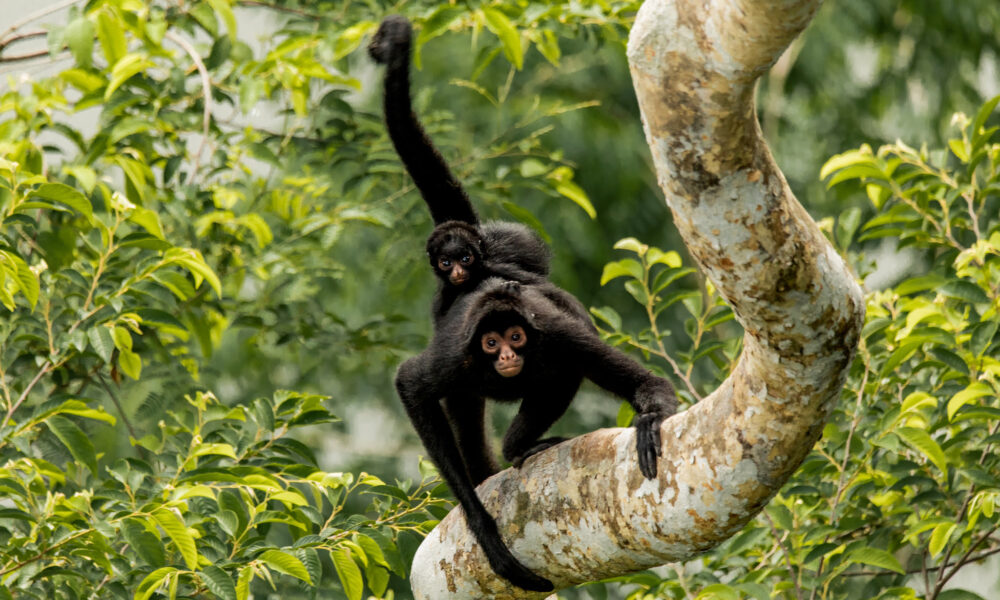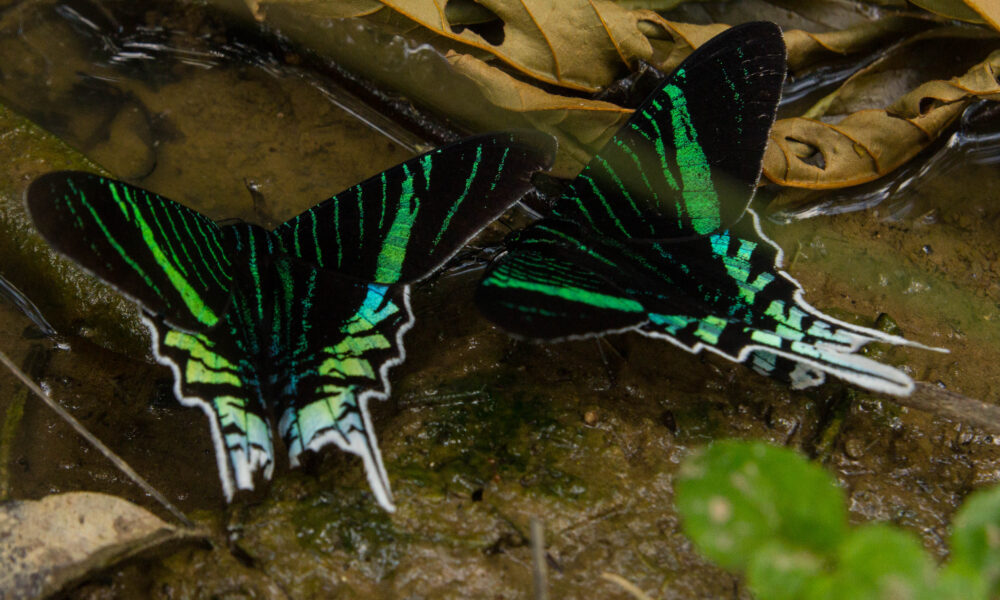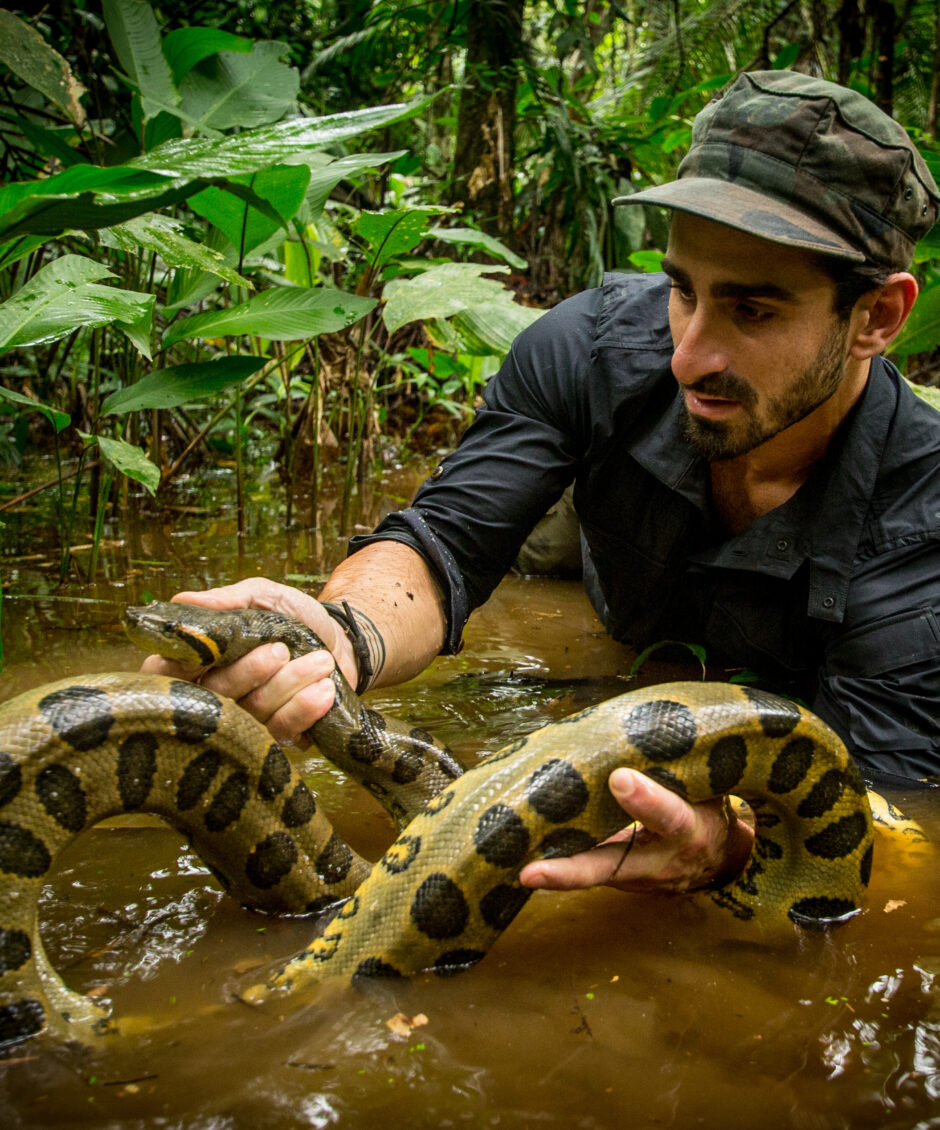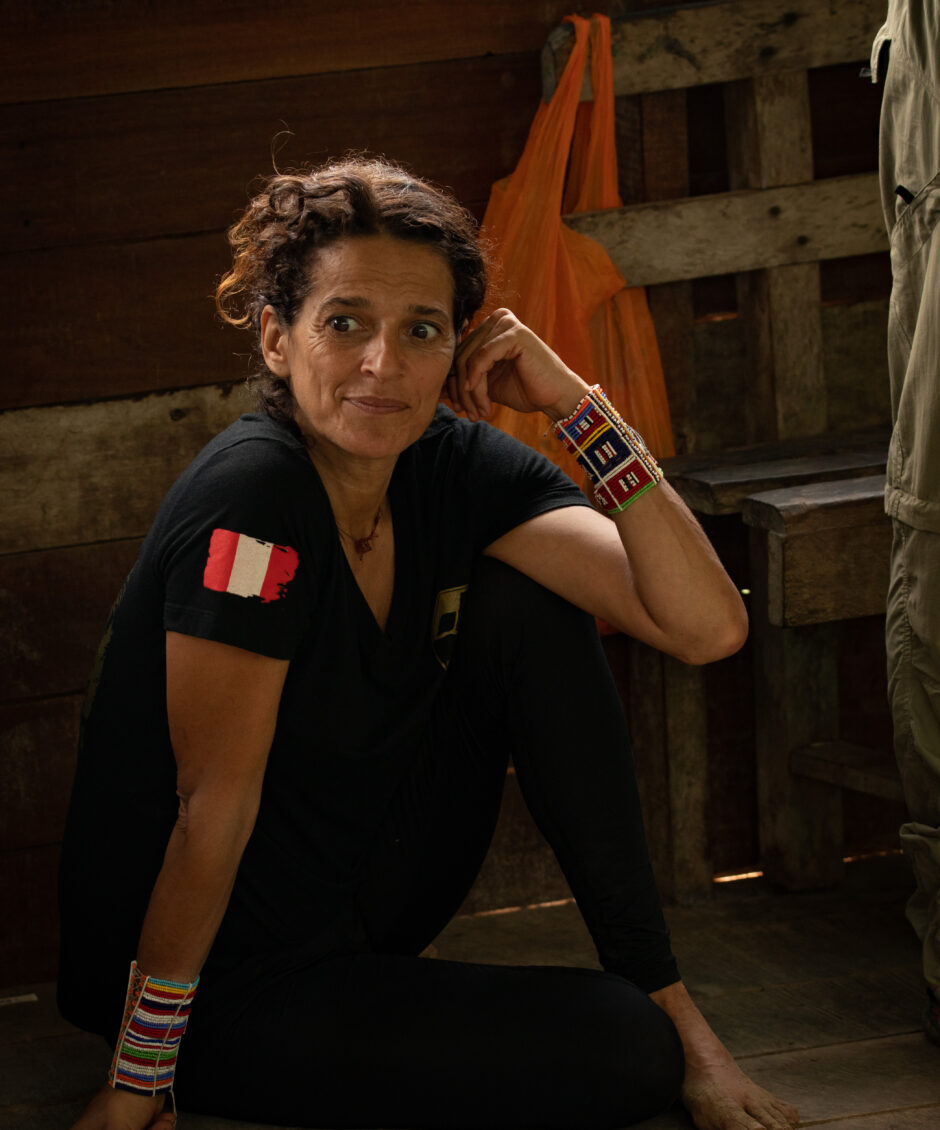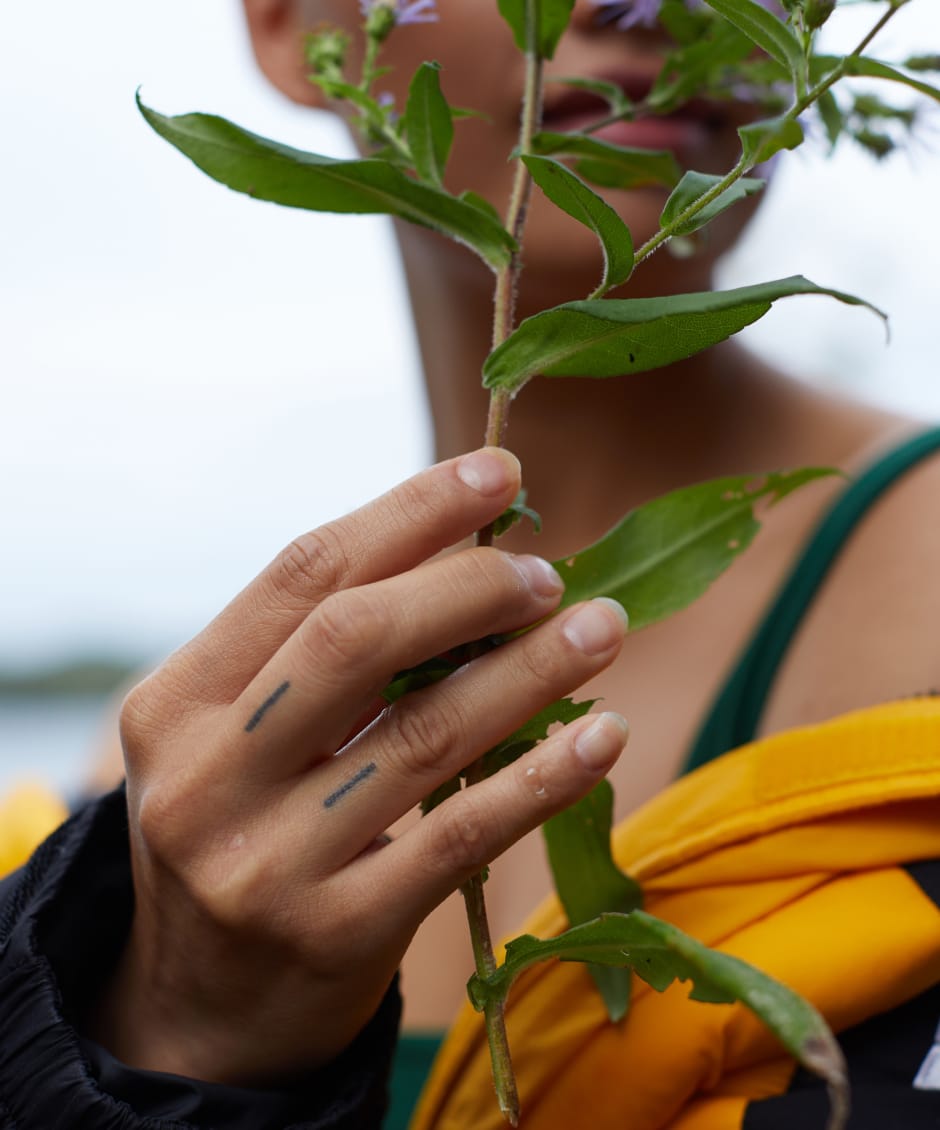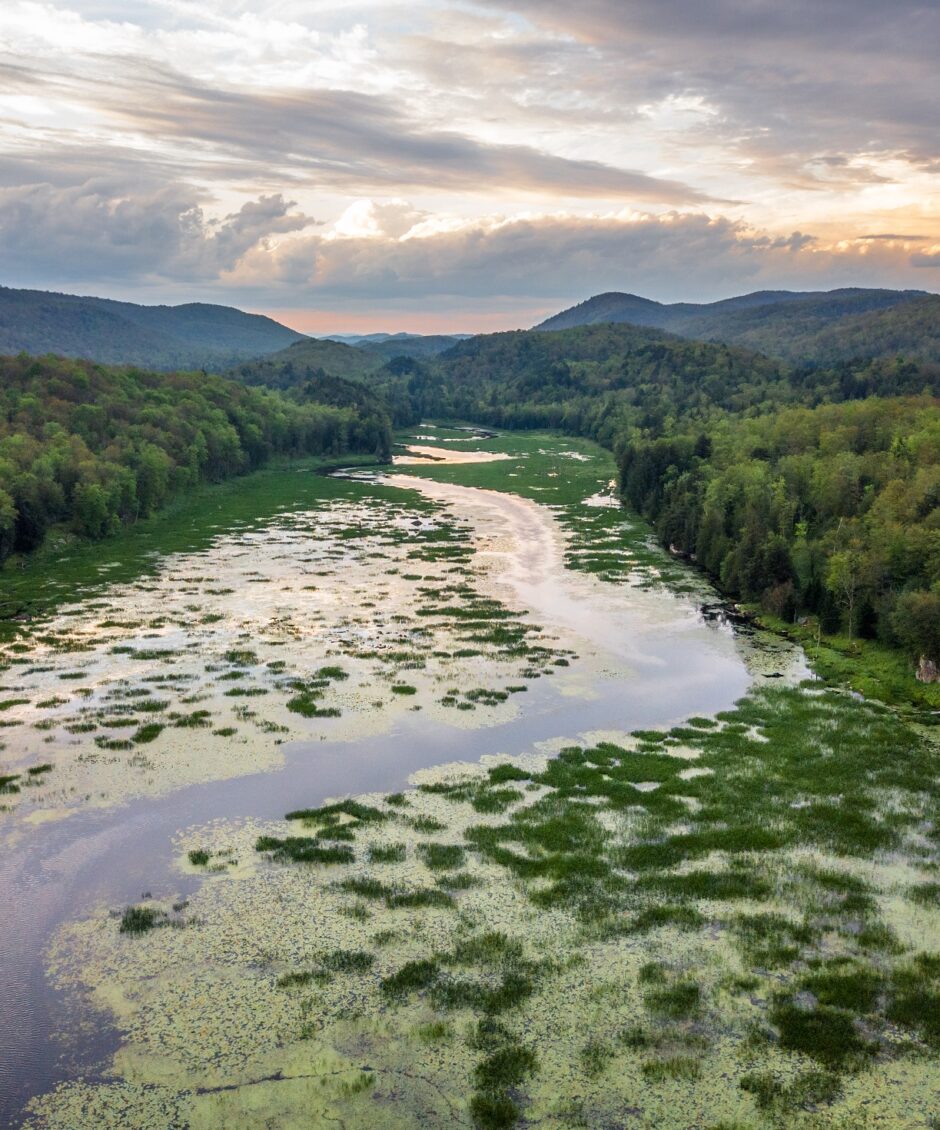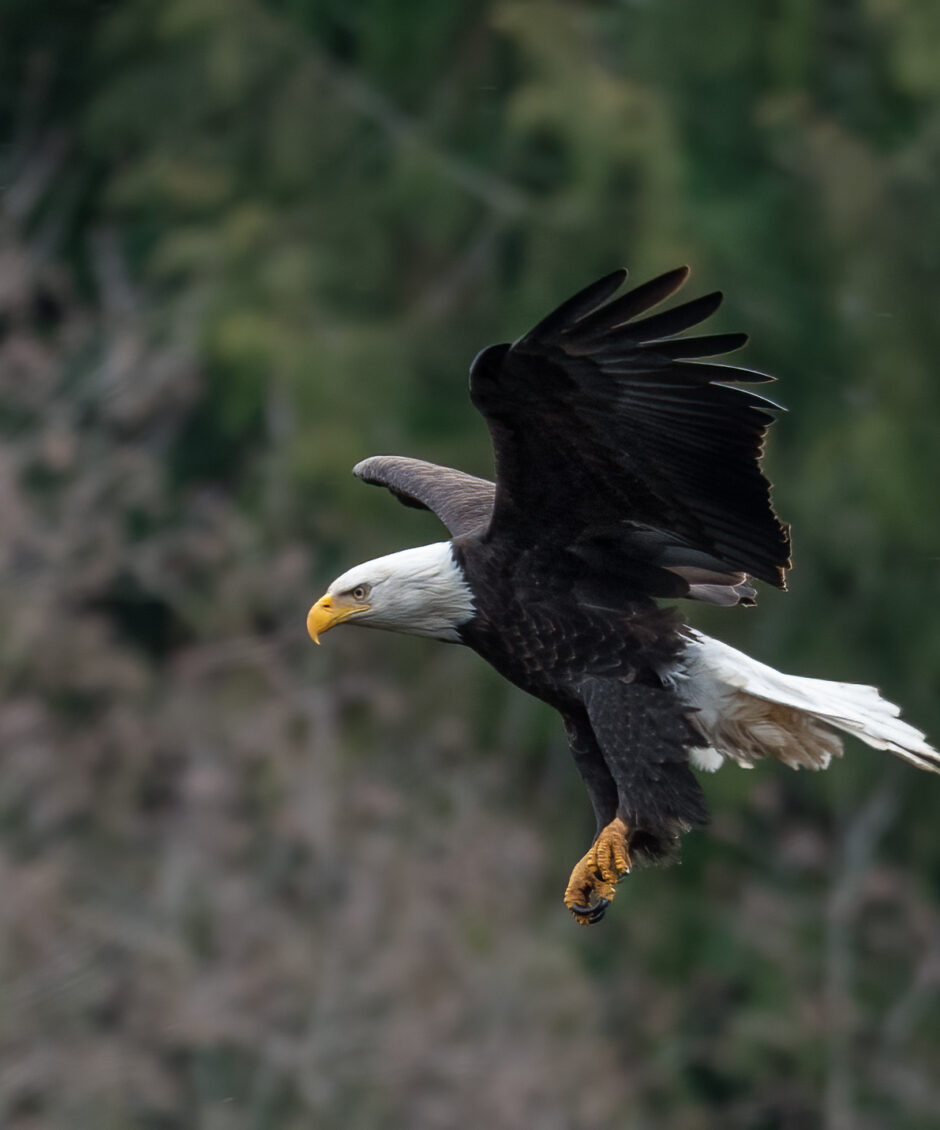Junglekeepers
(Peru)
Region South America
Junglekeepers Las Piedras Corridor

The Heart of a Mission
In a remote corner of the Peruvian Amazon, a small startup non-profit, Junglekeepers, comes together to create a wildlife corridor along the Las Piedras River.
Located at the heart of the Amazon, the Madre de Dios region is Peru’s official “biodiversity capital." Home to more than 30 Indigenous communities, it harbours a record number of threatened and endangered species such as mahogany trees, short-eared dogs, and giant anteaters. Over the last few years, however, the region has grown increasingly affected by threats ranging from extreme weather events to illegal mining and logging.
The Las Piedras Corridor
Junglekeepers operates along the Las Piedras River, located in the Madre de Dios region of the Peruvian Amazon rainforest. This area is part of the Tropical Andes/Amazon hotspot, known as Peru’s official “biodiversity capital,” and considered one of the most biodiverse areas on earth.
The pristine primary rainforest is surrounded by three protected national parks and an Indigenous reserve and is home to 30 Indigenous communities. It harbours tens of millions of trees, including the famous Shihuahuaco trees that can reach up to 1,000 years and grow as tall as 50 meters. The forest also protects a record number of threatened and endangered wildlife, such as short-eared dogs, macaws, and giant anteaters.
This corridor is a source of life, a massive global carbon sink, and a worldwide contributor to water and weather patterns.
Threats
Over the last several years, the region has been increasingly affected by various threats, including extreme weather events, illegal mining, logging, poaching, and unsustainable agriculture.
The Interoceanic Highway, which was created in the early 2000s to enable further extractive ventures, has exacerbated the region’s vulnerability. As a result, damage in the area has escalated dramatically, severely threatening the health of the rainforest, its wildlife and its communities.
The Amazon rainforest is often called the “lungs of the earth” because it produces over 20% of the earth’s oxygen. Without conservation efforts, the destruction could escalate further, resulting in global impacts on climate change and weather patterns, loss of biodiversity, destruction of Indigenous culture, and many other devastating consequences.
Mission
The goal is to protect the 50,000 acres of forest that are under their protection but always at risk of being illegally invaded, with the means to reach 70,000 acres protected by 2025. Jungklekeepers’ initiatives to protect the forest are through land management programs and the sustainable ecosystem collaborations of projects, actors and communities in the region. To do so, the project has put in place various strategies such as:
- Expanding the ranger program, with a particular emphasis to giving opportunities to indigenous communities and women to become part of the team.
- Obtain the rights of tracts of land known as ‘concessions’ in a sort of long-term lease from the Peruvian government to protect those areas from illegal and destructive activities via their Ranger program.
- Develop partnerships with the Indigenous communities that live in semi-isolation along the river through sustainable cooking and other programs, allowing shared knowledge.
- Develop partnerships with local organizations that complement each other such as Amazon Shelter
- Train rangers and indigenous remote communities to use technology to expand monitoring, impact and knowledge of the forest, such as drones and SMART program.
Junglekeepers currently secured close to 50,000 acres and aim to add another 20,000 acres by 2025 via Age of Union support.
Iconic species
Species recorded on the existing protected lands include more than 480 bird species, 11 species of monkeys, and at least 19+ IUCN list threatened and endangered species. Endangered species include the spider monkey and giant otter. Nearly threatened include the Jaguar and Harpy eagle. Some species such as the green anaconda and the iron wood trees have yet to be assessed by the IUCN. The macaws in Peru (especially blue/yellow, scarlet/red/green) are diminishing in number but still not classified as vulnerable. One of the contributing factors to the decrease in numbers is the logging of the ironwood, which the macaws use as nests.
People ()
The
change
makers
Juan Julio Durand
Co-Founder & Field Director
Puerto Maldonado, Peru
Junglekeepers was started by JJ 20 years ago after he began to see the destruction of the pristine forests that he called home along the Las Piedras River. He is an expert on all the flora and fauna of the forest, head trainer of the rangers and handles local community relations.
Paul Rosolie
Founder & Field Director
Brooklyn, New York
Originally from Brooklyn, New York. Paul's insatiable passion for wildlife and adventure led him to his mentor, JJ, in the depths of the Amazon rainforest. Paul is also a published author and has dedicated his life to saving the rainforest.
Dina Tsouluhas
Co-Founder & Field Director
Montreal, Quebec
Originally from Montreal, Dina fell in love with the rainforest after leading a yoga retreat along the Las Piedras river. Dina is the head of the administration department and runs the ranger station, and is dedicated to working alongside the rangers to protect the rainforest.
Roy Riquelme
Secretary
Puerto Maldonado, Peru
Roy is in charge of protecting the indigenous communities that still live remotely in the forest. His presence ensures the balance between the conservationists, the land and the indigenous communities. He is also passionate about educating the local communities through food and how to sustainably harvest the rich foods of the rainforest.
More projects
Impact Report
(Global)
North America
Kenauk
(Canada)
Caribbean
Nature Seekers
(Trinidad)
North America
Pitt River Watershed
(Canada)
North America

